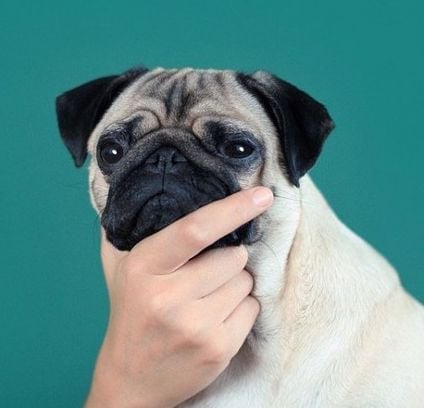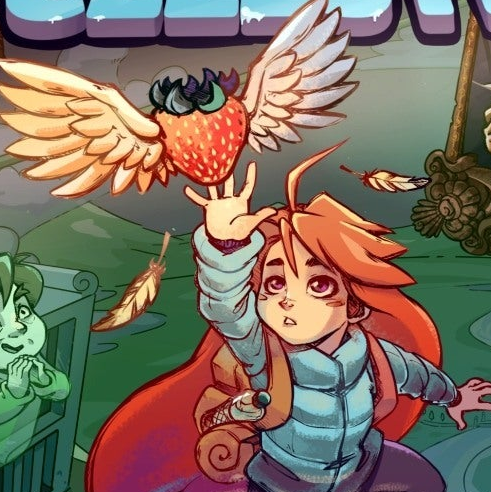In binary the answer is good, which is fun
In binary the one on the left is meaningless, and therefore the two cannot be compared. In any base in which they can be compared, the one on the left is smaller.
Base ⅒
Alright, you’ve got me there.
Wouldn’t that require the number of available digits to be 1/10?
Fractional bases are weird, and I think there’s even competing standards. What I was thinking is that you can write any number in base n like this:
\sum_{k= -∞}^{∞} a_k * n^k
where a_k are what we would call the digits of a number. To make this work (exists and is unique) for a given positive integer base, you need exactly n different symbols.
For a base 1/n, turns out you also need n different symbols, using this definition. It’s fairly easy to show that using 1/n just mirrors the number around the decimal point (e.g. 13.7 becomes 7.31)
I am not very well versed in bases tho (unbased, even), so all of this could be wrong.
Based.
The rainbow represents Alan Turing, who taught the child binary
deleted by creator
Goddang liberals wanna take God out of school and replace him with gay math
That rainbow is a promise from God that 10 will never be greater than 3 again.
Obviously he is correct because the smallest base that can represent 10 is base 2 and 10 in base 2 is equal to 2 in base 10. And the smallest base in which you can represent the number 3 is base 4 and 3 in base 10 in equal to 3 so 2 is the smaller number hence “10” is the smaller number. And from the drawing of the rainbow you can infer that he wants to use a diverse range of bases and not just the common base 10. Btw I am only talking about the natural bases (whole number positive).
flawless answer and arguments
*circles the 1 in 1-10*
Not the 0 in the 10?
listen here u little
No, the -10.
I mean technically zero is not a number
Who told you that nonsense?
Zero is the absence of a number, or a placeholder, not a number 🤷♂️ there’s been mathematicians arguing over this for years my dude
Yeah, in the middle ages.
It’s just a thought experiment, chill out
By some definitions, maybe. However, definitions that exclude it probably do so for a specific reason. It’s more a fluke of categorization than a real world distinction. Those distinctions might be critical to certain logic systems, but even most people who use that definition recognize reality.
Zero is a number in more cases than it isn’t. It is a symbol that represents a value. Just like infinity, it doesn’t matter if 0 doesn’t exist in physical reality. It’s still a useful value in most cases.
0 ∈ ℝ
This is something I would do in school unironically.
i too am gay and can’t do maths
TIL there’s such a thing as being too gay for math.
Too fabulous for calculus.
they never specified the order relation, so we can’t really know what they meant by smallest. for all we know, 10 could be the right answer
What are you supposed to write there? I guess 3 < 10 is not the answer. It also requires text, so drawing 3 vs 10 of something isn’t suitable, too. “You taught us” or what do they want to hear??
If | A - B | != A - B then B > A
Are you a computer?
i think when it says ‘or show’ it allows a drawing
id probably put dots … ………. then circle the bigger one
I imagine you might say that 10 has two digits, so it has to be bigger. Or maybe you can list out the first 10 numbers in order.
10 Skittles < 3 elephrants.
They’re out of line, but they’re right
















